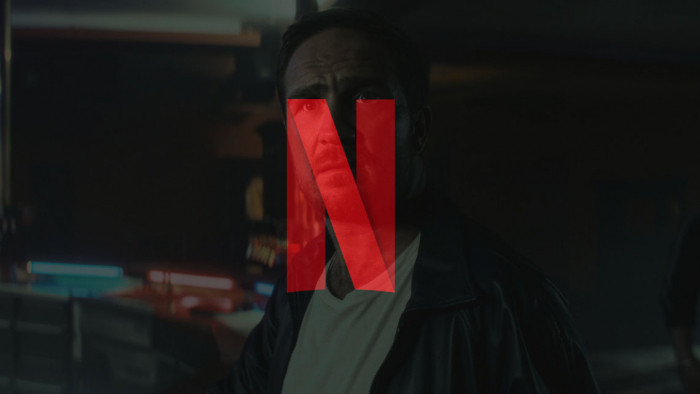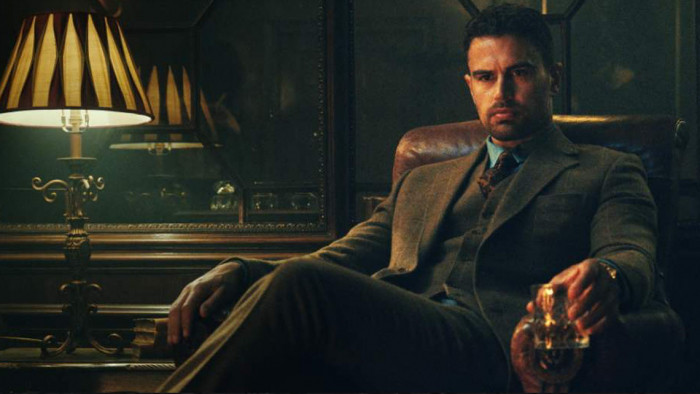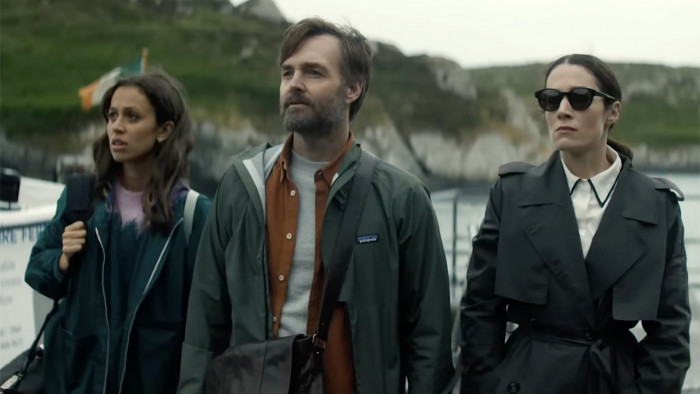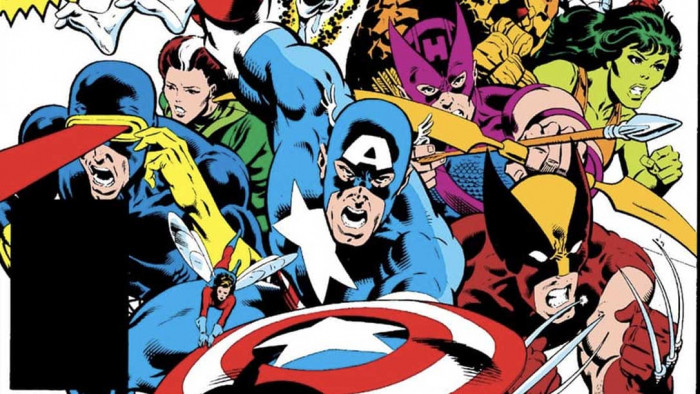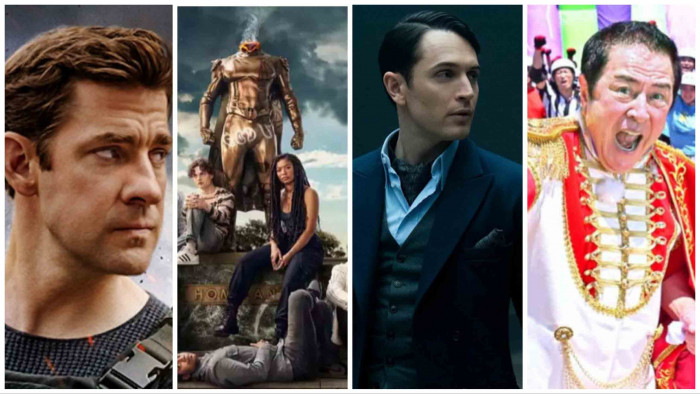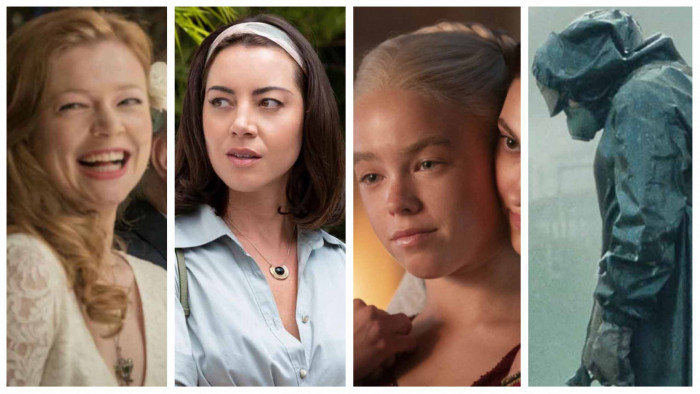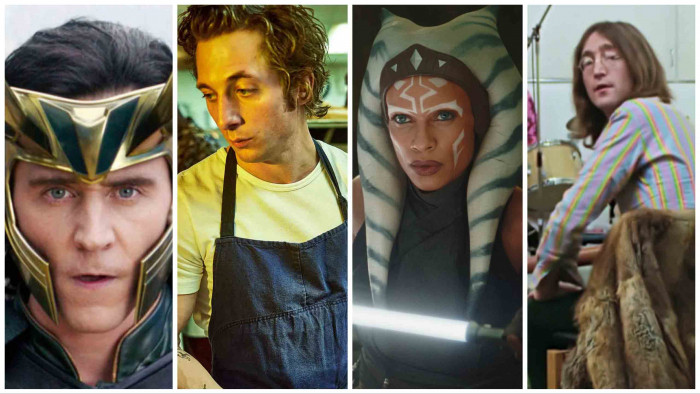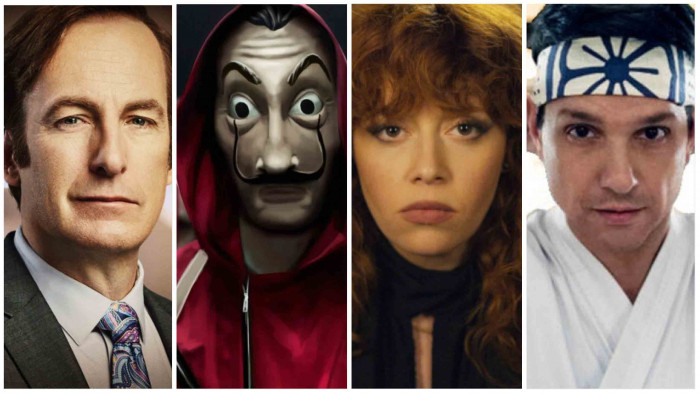How 'The Good Place' made itself the most versatile show on television
No other show is so brilliant at reinventing itself


I can’t say my expectations were high for NBC’s The Good Place. On paper, a sitcom about the afterlife seemed like an idea that belonged firmly in the bottom of the bin, along with the legions of other recent American comedy series that have failed to emulate the success of shows I actually like. There was no way Kevin Can Wait was going to be better than Frasier.
But not only was I pleasantly surprised by The Good Place, it ended up becoming, in my vital opinion, the most refreshing show available on the Netflix. Each episode centres itself on a different ethical dilemma, name-dropping moral philosophers as casually as you probably talk about pop stars. And its premise, in which a young woman named Eleanor Shellstrop (Kristen Bell) is wrongfully sent to ‘heaven’ instead of ‘hell’, naturally lends itself to all sorts of existential shenanigans. But it’s the programme’s ability to keep reinventing itself and remain completely unpredictable that really keeps the comedy alive. Or not dead. Whatever’s more appropriate.
For a show dealing with the eternal afterlife, there’s something about it that feels oddly finite. For starters, the episodes are only 22 minutes long. But more relevantly, The Good Place often finds itself running into dead ends. That might seem like a colossal criticism, but really it results in a versatile story that is constantly changing direction, sending Twitter theorists round in migraine-inducing circles.
When afterlife architect Michael (Ted Danson) dropped the huge bombshell at the end of the first season – that Eleanor and the other residents of the Good Place were actually in the Bad Place – I couldn’t help but think the writers had taken a massive dump with their trousers on, leaving themselves nowhere else to take the story. And sure enough, the second season got off to an awkward and clunky start, opening with a number of painfully contrived episodes in which the characters keep realising where they really are, forcing Michael to reset the entire scenario over and over again. I may have even done an eye roll.

Season 1 of The Good Place ended with a huge twist hardly anyone saw coming
But by the end of that metamorphic period, an even better show emerged – a beautiful butterfly with Ted Danson’s massive grinning head on it. Not only was it still a genuinely funny sitcom, it had now become an adventure drama, in which Eleanor and the other characters – indecisive moral philosophy lecturer Chidi (William Jackson Harper), chronic socialite Tahani (Jameela Jamil) and feckless simpleton Jason (Manny Jacinto) – team up with Michael to find a way into the actual Good Place. Which I believe is somewhere near Guildford.
It has since occurred to me how utterly reckless and therefore cool it is for a show to completely reinvent itself like this. And it’s done it about four times now. It’s become a recurring feature of the programme to shake clean the Etch a Sketch and then squiggle something even more creative. And each time it does it, as well as parodying the resettable nature of most episodic shows, it adapts to avoid fulfilling the tropes of its own genre.
As a result, The Good Place is now a mouth-watering concoction of comedy, satire, drama and ethics lesson. And considering Danson is actually an immortal, inter-dimensional demon thing, I’m going to call it science-fiction, too. You can’t stop me.
So for a show that initially looked like it would appeal exclusively to people who watch Forgetting Sarah Marshall 17 times a month, it’s ended up casting an impressively broad net. Slapstick fans can enjoy seeing Danson kick a dog into the sun, while those watching in their leather armchairs can mirthlessly chuckle over an abundance of Kierkegaard puns.

What’s next for Team Cockroach in Season 3?
This makes me disgustingly optimistic, because The Good Place has managed to make anti-mainstream material appealing to a mainstream audience. Philippa Foot’s ‘Trolley problem’ – the ethical dilemma in which the driver of a runaway trolley must decide whether to run over one person or five – is basically common knowledge now. And it even has the guts to mock pop culture without feeling like it’s alienating some of its viewers.
I bit my lip with perverse delight when they introduced the Transformers aftershave – a fragrance that makes you smell exactly how you feel after watching one of the movies. And I smirked like a smug troll when I spotted a spoof poster for Pirates of the Caribbean 6: The Haunted Crow’s Nest or Something, Who Gives a Crap. Only on The Good Place could you be treated to such daring irreverence.
It’s a show that continuously takes risks, both with its plot twists and comedic material, and always manages to pull it off. It has the unique option to become an entirely different programme every time Danson snaps his celestial fingers, and the convenient coincidence of that is total versatility and unpredictability.
Going into Season 3, the reset button has been hit once again, this time bringing all of the characters back to life. God knows what will happen now. Actually, he doesn’t. According to Jameela Jamil, no one has guessed what’s going to happen. That technically makes it a less predictable show than even the mighty Game of Thrones, which George R. R. Martin claims has been sussed on the internet somewhere. Presumably by someone really intelligent who also watches The Good Place.
(Images: Netflix)
